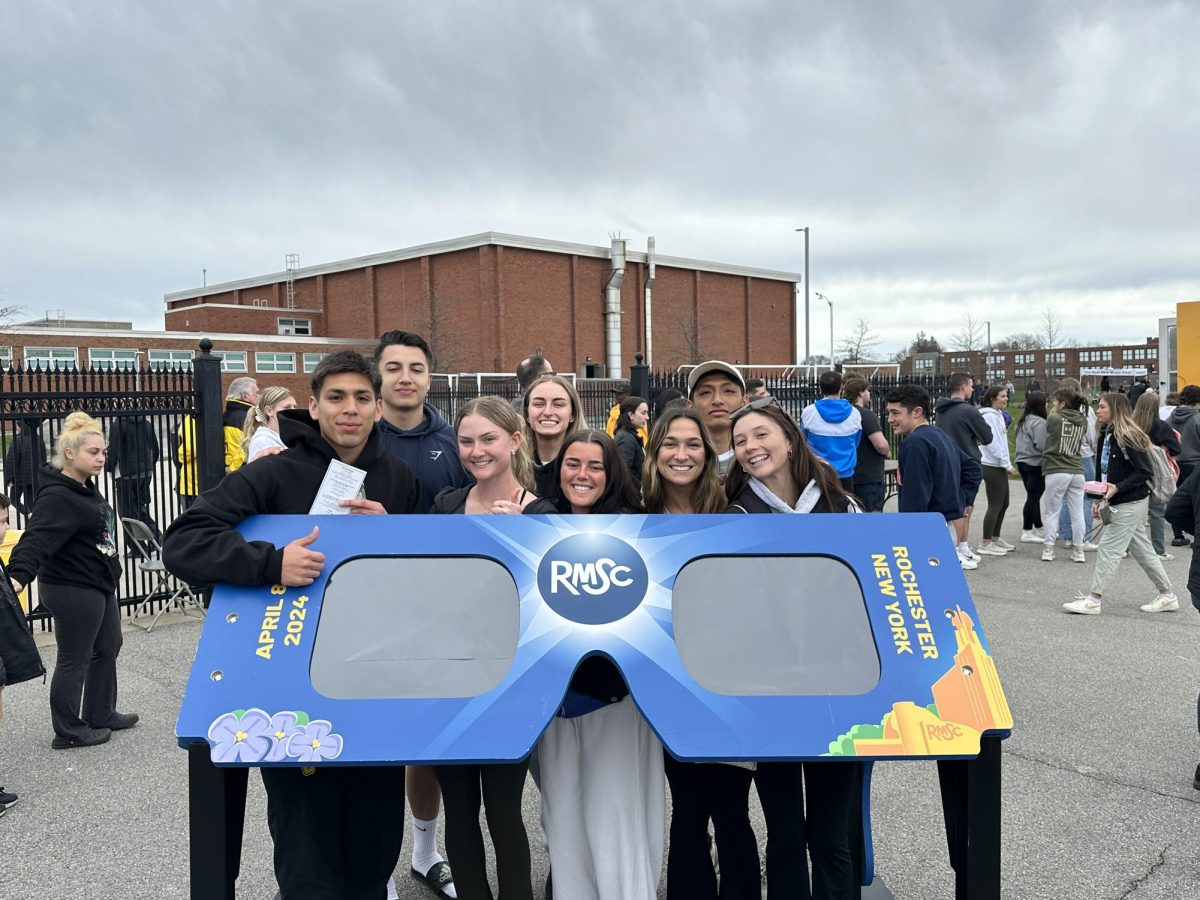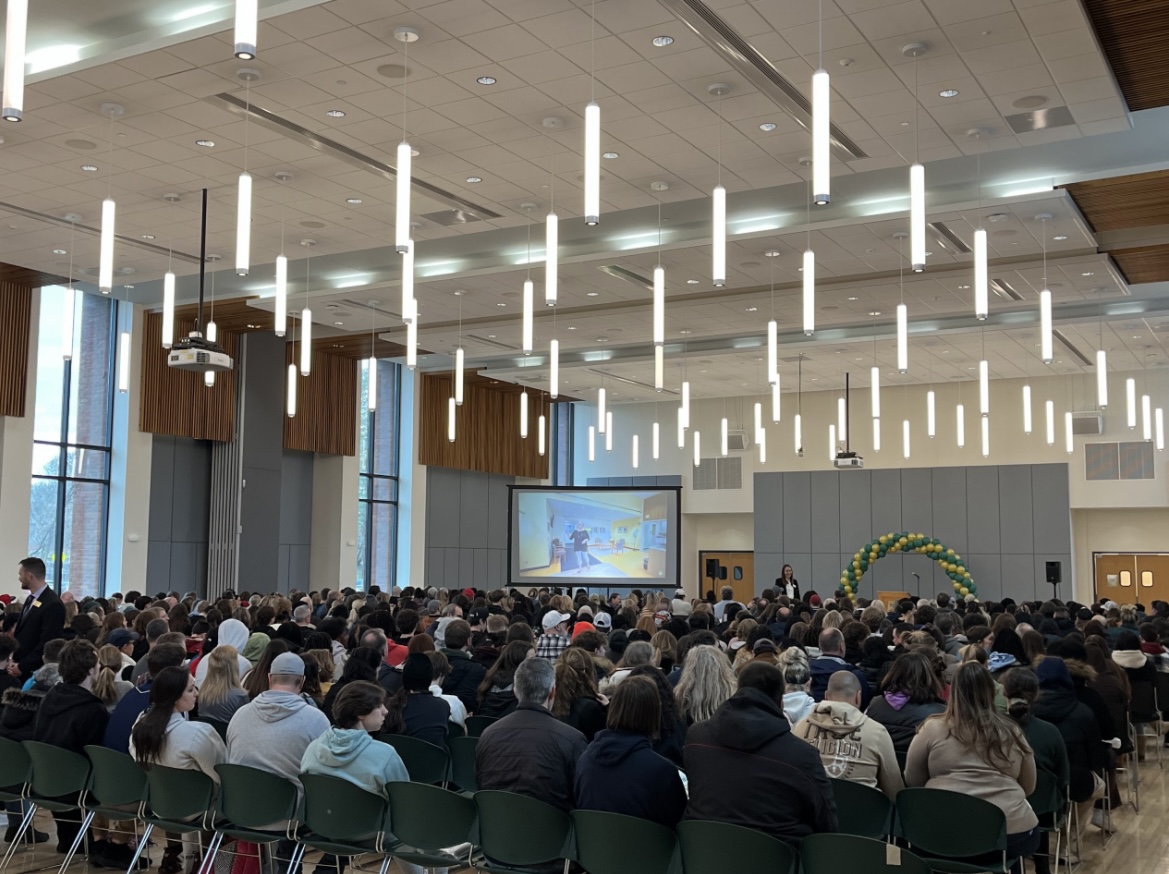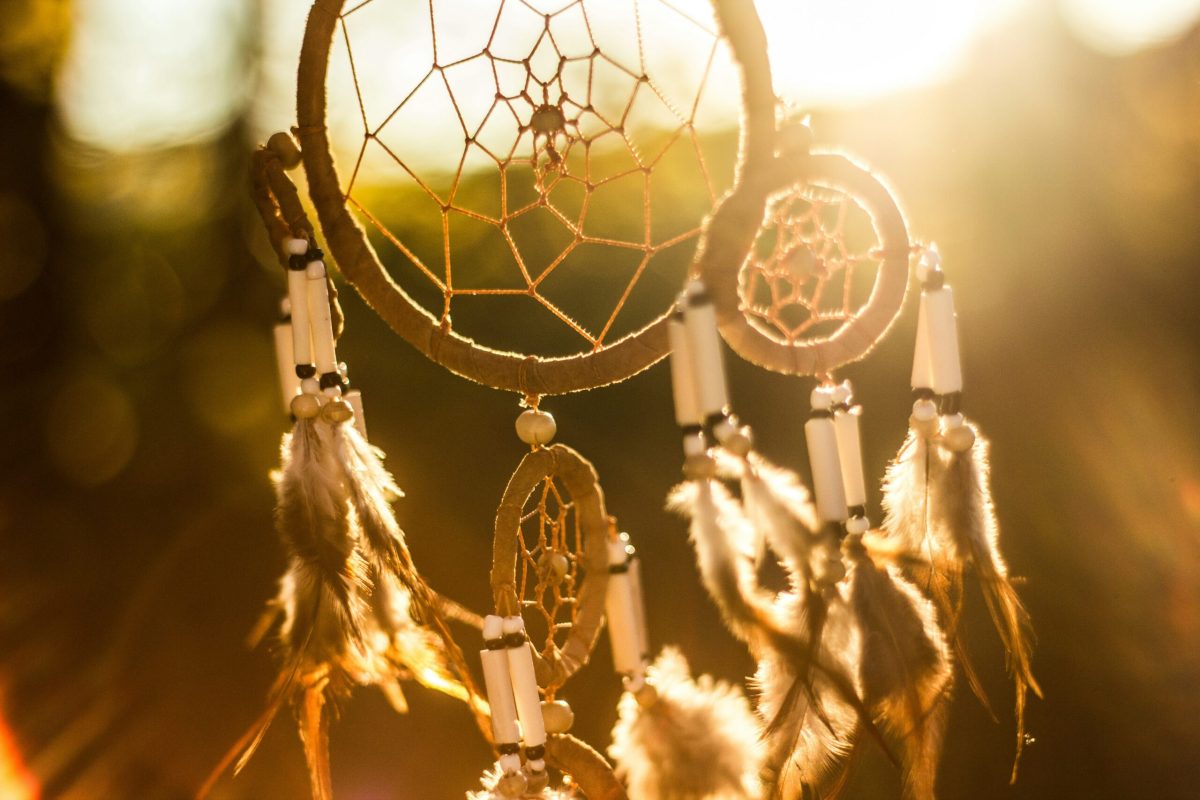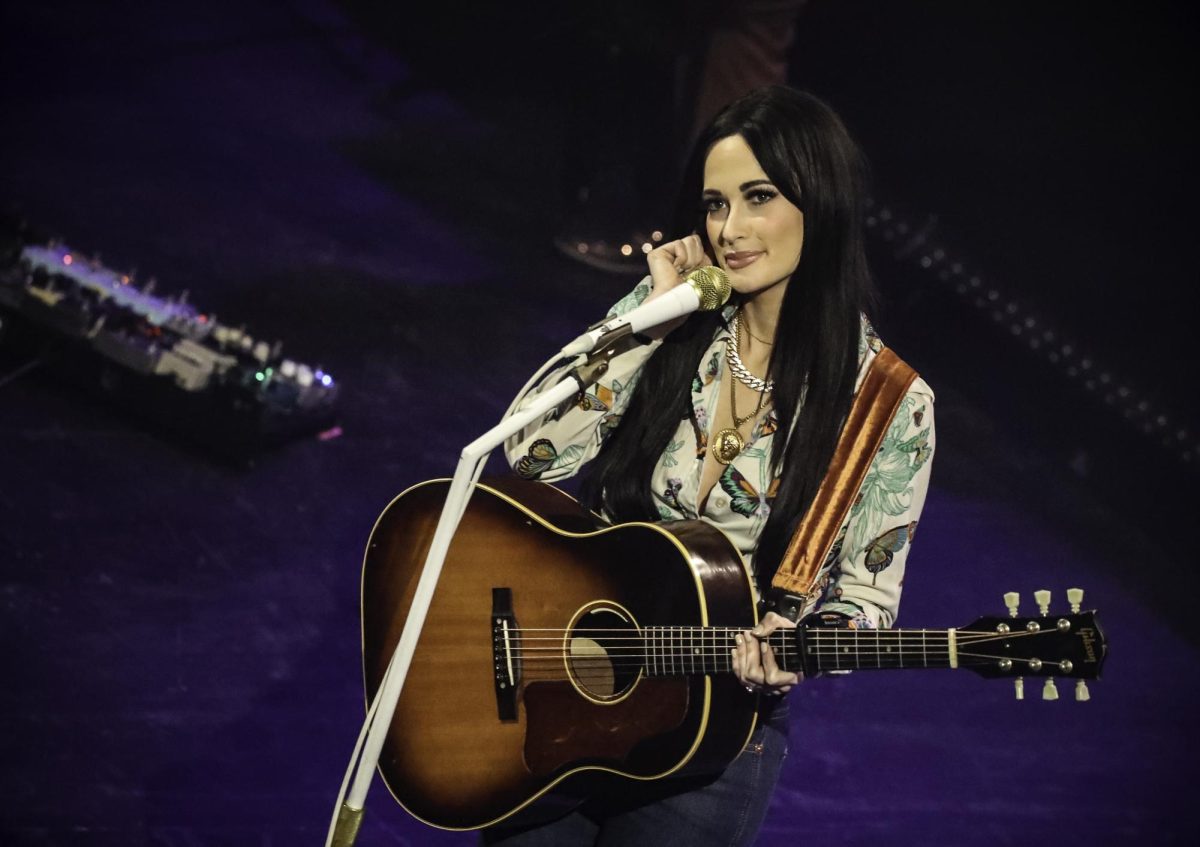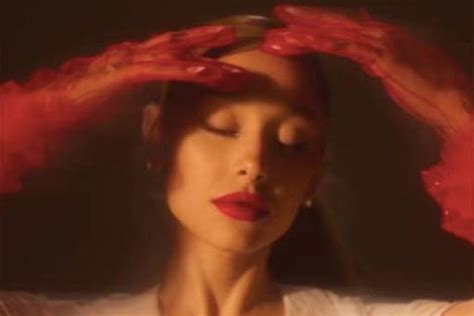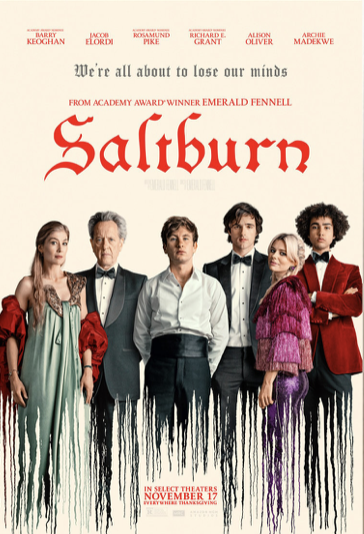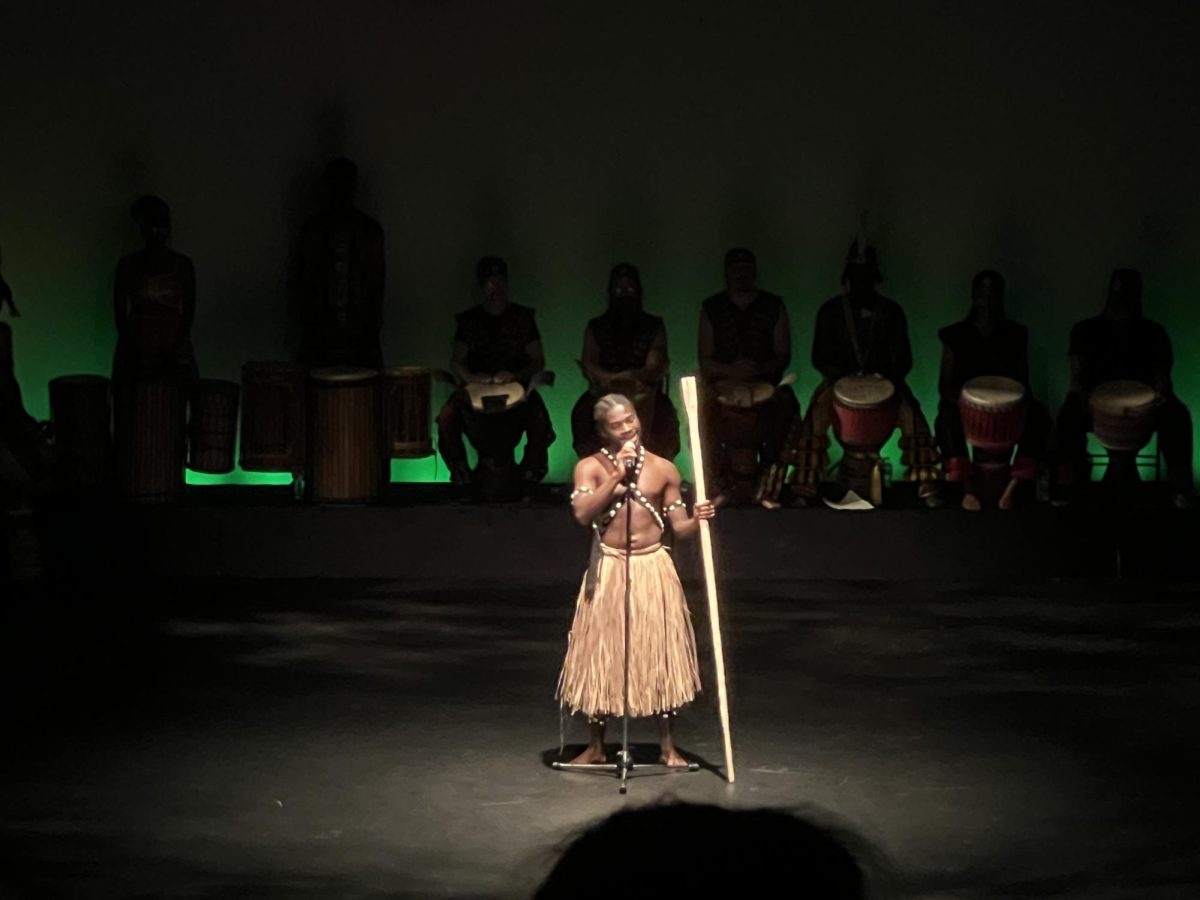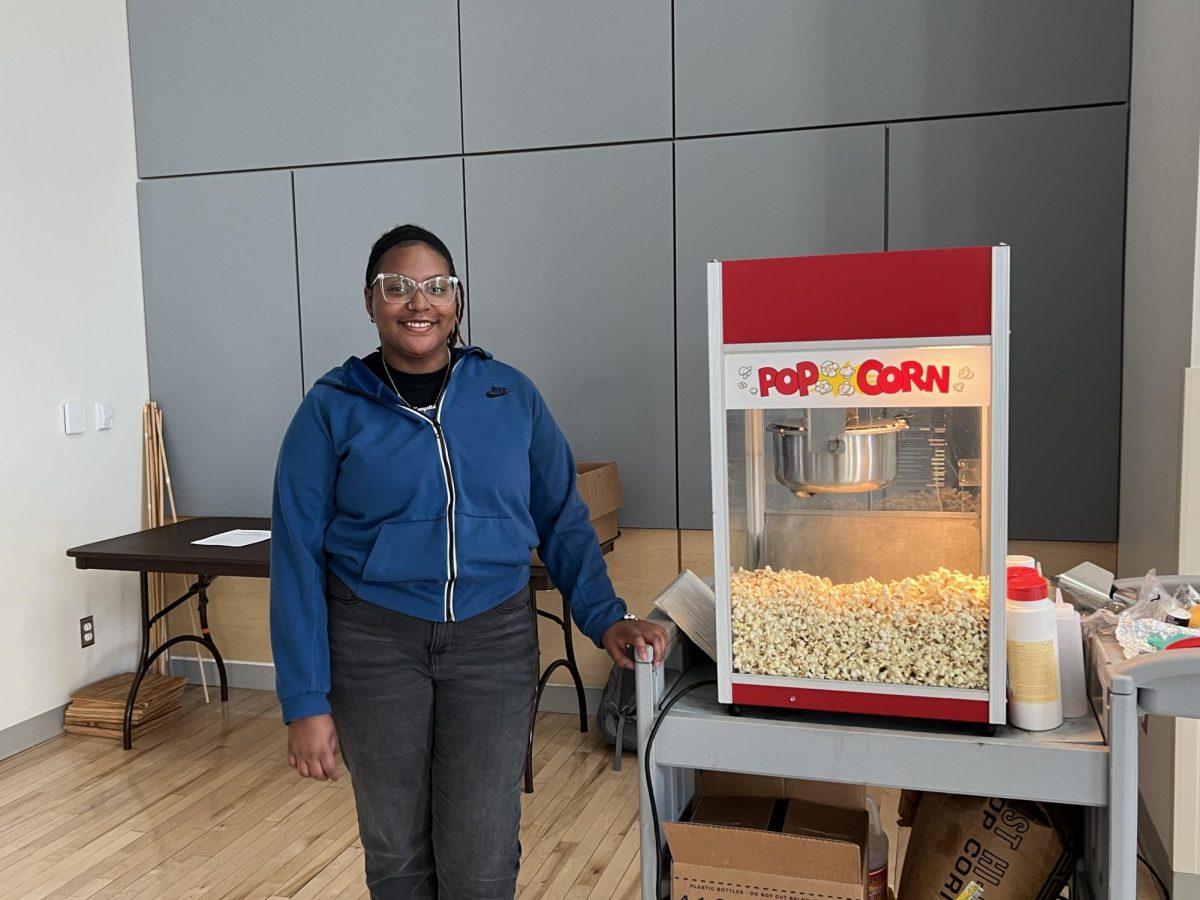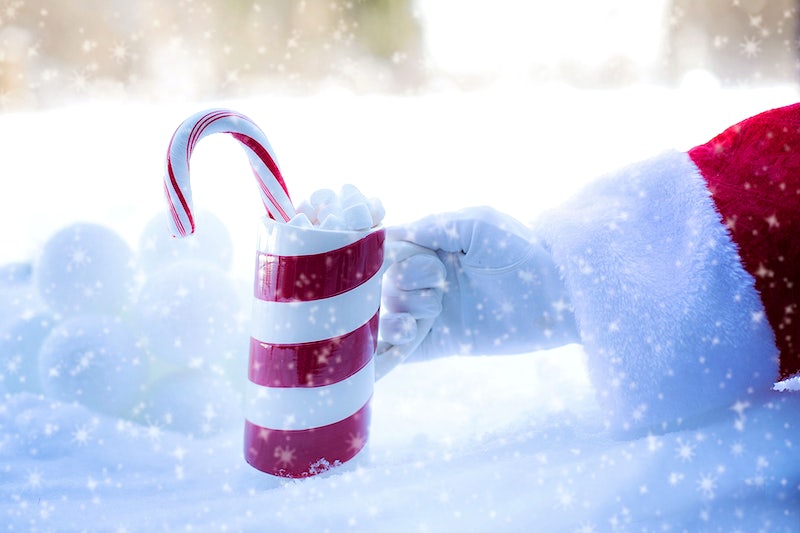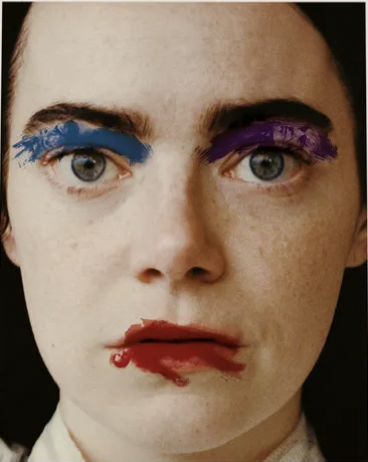Temperatures have finally plummeted below zero and hang around freezing while the chilled wind turns the tips of ears red. Grandma is in the kitchen eyeing the oven as her famous peanut butter blossoms bake, the scent of sugar filling the crevices of the house. Slowly and swiftly, snowflakes fall from the sky, accumulating inches by the hour, and the television has entered an endless stream of holiday movies from the one and only channel that never fails to deliver—Hallmark.
Since 2009, the Hallmark Channel has aired its “Countdown to Christmas,” which begins on the last weekend in October and runs through the New Year. The channel shows holiday movies, specials and original programs, and this year, Hallmark’s “Countdown to Christmas” began on Oct. 21 and features new films every Friday, Saturday and Sunday.
Generating hundreds of millions of dollars each year from holiday films alone, Hallmark’s low-budget production and feel-good flicks are a recipe that has hooked viewers for decades. It’s a pretty simple formula: a heaping of small-town sweethearts, a spoon full of predictable plots, several splashes of festive sweaters and a sprinkle of family trauma.
Like Grandma’s renowned peanut butter cookie recipe, why change it when it tastes so good? But what if, through the years, Uncle Ted develops a nut allergy, Cousin Julie now prefers gingerbread over peanut butter, oh, and Brother-In-Law Rick is gluten-free. Does the recipe change to accommodate the family? Or will Grandma plunge forward into the holidays, savoring tradition while excluding more and more members of the family?
The same is true for the Hallmark Channel, which has been notorious for painting a delusionary world that departs from diverse experiences and demographics. Hallmark’s holiday movies overwhelmingly feature white, heterosexual, able-bodied and upper-middle-class characters.
However, in recent years, Hallmark has been scrutinized for its lack of diverse stories and is trying to make up for the deficit. A spokeswoman for Hallmark emphasizes the network’s latest commitment to storytelling, “We want all viewers to see themselves in our programming, and everyone is welcome.”
This year, Hallmark will premiere thirty-one new holiday films. Out of these films, six feature ethnic and racial minority leads, one depicts a Jewish storyline and one stars a leading LGBTQ+ couple. That is a grand total of eight films that stray from the typical storyline that is sold.
The most improvement that Hallmark has shown over the years has come from its focus on casting racial and ethnic minorities as leads. This seems to be at the forefront of its diversity initiatives, with six new films that fall into this category.
In some instances, Hallmark simply swaps white actors for racial minorities without altering the script to reflect their authentic experiences. In other cases, casting racial minorities has allowed the channel to bring greater visibility through cultural practices that have previously been left in the dark.
For example, this holiday season, Hallmark premiered two films that feature Asian families. On the surface, “Christmas at the Golden Dragon” teeters toward typecasting Asian Americans as food service workers. However, the closure of the Chen family’s trademark Chinese restaurant unravels an interconnected web of stories of those who will be affected by its shutdown. “A Big Fat Family Christmas” also includes an Asian American photojournalist lead, and both films embrace a plot that is rich with Chinese traditions and customs.
A few films premiering this year highlight holidays besides Christmas. “Holiday Heritage” stars two Black leads who are on a mission to encourage family members to celebrate Christmas and Kwanzaa to heal past wounds. “All Saints Christmas” and “Inventing the Christmas Prince” also star Black leads, an R&B singer and a rocket engineer, while “Undercover Holiday” features a leading Latina pop singer.
As Hallmark continues to trickle in characters and storylines that subvert its generic brand, the company must remain mindful of authenticity and steer clear of stereotyping.
Despite making unsubstantial strides toward representing a more diverse cast, Hallmark is inching toward inclusivity at a faster rate than some of its counterparts. Candace Cameron Bure, better known as D.J. Tanner from the hit television series “Full House,” became the face of Hallmark after starring in thirty holiday films over the years. However, this year Cameron Bure is leaving behind her long-standing relationship with Hallmark and is trading her screen time for a contract with its rival, Great American Family, an upstart, conservative cable channel that clings to Christianity and tradition.
Cameron Bure justifies her switch, “My heart wants to tell stories that have more meaning and purpose and depth behind them. I knew that the people behind Great American Family were Christians that love the Lord and wanted to promote faith programming and good family entertainment.” She also mentions, “I think that Great American Family will keep traditional marriage at the core,” in response to Hallmark’s new film “The Holiday Sitter,” which features its first leading gay couple.
While the odds of turning on the television to see a white, heterosexual couple decorating a Christmas tree is still rather high, Hallmark’s 2022 “Countdown to Christmas” does fulfil its commitment to greater diversity, which other channels cannot claim. However, inclusive stories should not be hidden gems that surface only a few times a year after being forcefully pulled from the writers’ room. Hallmark still excludes many minority populations and favors tradition, yet there is evidence that Grandma will be expanding her baking this season by whipping up additional batches besides her blossoms.
This year, I fortunately (or unfortunately) caught a few Hallmark films myself.
Don’t miss:
“Our Italian Christmas Memories” melds pasta sauce, “Buongiorno!” exclaimed early in the morning, cannolis, card games and a slipping memory to create a sweet and sentimental film focused on a reunited family who reconciles over an old recipe. Being Italian, I appreciate the inclusion of details that seem to be central to an Italian American Christmas—a never ending presence of food, quality olive oil and robust hand gestures to name a few. It also includes a lesbian couple, scoring points in the department of diversity.
I suddenly have the urge to move to a maple syrup farm in Montana and live out the rest of my days tapping maple trees and giving tours on a horse-drawn sleigh after watching “A Maple Valley Christmas.” Does anyone know where I can inherit a family farm?
Don’t bother: For those of you hoping to escape the presence of social media this holiday season, feel free to skip “#Xmas,” whose storyline is centered on live streams, likes and followers.
For the second year in a row, I failed to finish “One Royal Holiday,” always catching it at the start but fizzling out after the first hour. Therefore, this one still remains a mystery—the British accents not enough to glue me to the couch. Maybe next year?
Catch the premieres of some of Hallmark’s more inclusive films at 8 p.m. EST: “The Holiday Sitter” (Sunday, Dec. 11), “Holiday Heritage” (Friday, Dec. 16) and “Hanukkah on Rye” (Sunday Dec. 18).


